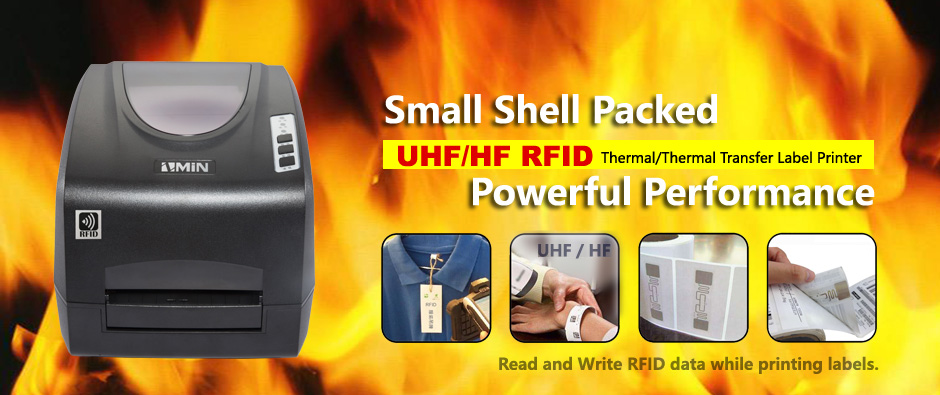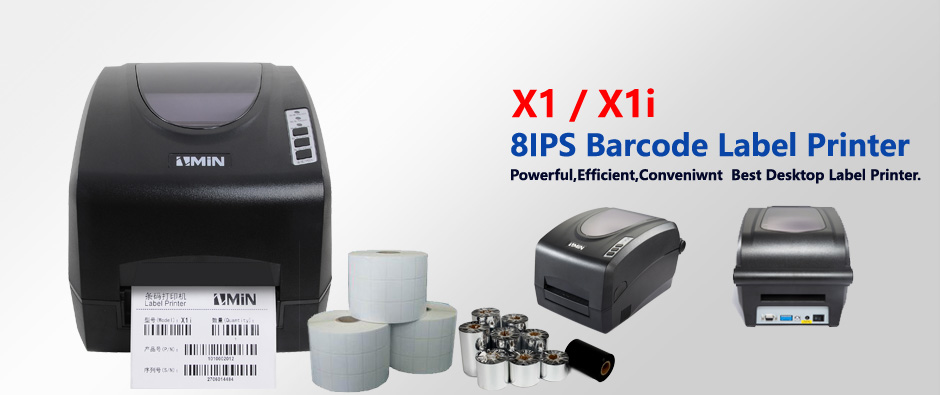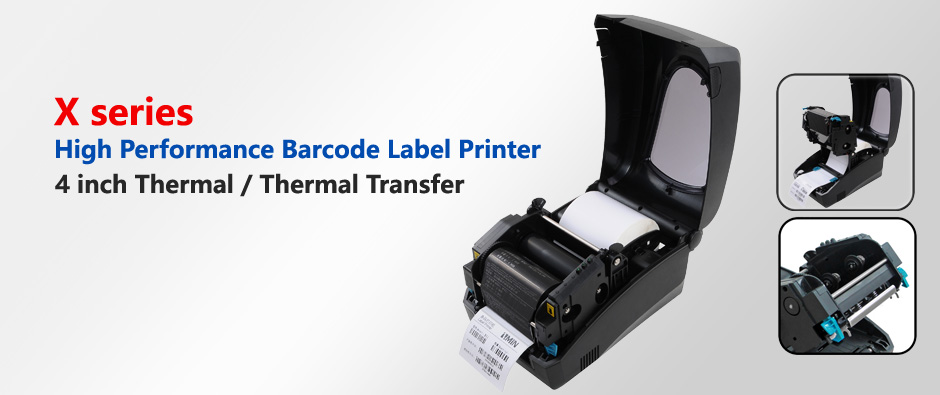CATEGORY
ZMIN RFID Label Printer in Jewelry Management
Hits:33922019-10-13 16:03:33 Source: ZMIN Technologies - Barcode Printer | RFID Label Pinter
First, what is the RFID tag
RFID stands for Radio Frequency Identification, which means radio frequency identification. RFID is a communication technology that uses radio signals to identify specific targets and read and write related data without the need to identify mechanical or optical contact between the system and a particular target.
The most important advantage of the RFID system is non-contact identification, which can penetrate the harsh environment of snow, fog, ice, paint, grime and other common barcodes, and the reading and writing speed is extremely fast, in most cases less than 100 millisecond.
RFID tags and electronic tags using RFID technology currently have three main categories of RFID tags: passive RFID tags, active RFID tags, and semi-active RFID tags.
Labels that can be printed using RFID barcode printers are passive RFID tags, and most of the electronic tags used in jewelry management are passive RFID tags.
Second, the difference between RFID tags and traditional bar code labels
Although every jewelry item uses a tag tag, most of the current jewelry management systems are based on traditional one- or two-dimensional bar code applications. With the development of RFID radio technology and the decline in the cost of RFID tags, more and more jewellery merchants hope to switch from bar code applications to RFID radio frequency identification technology applications.
Compared with barcode technology, RFID technology has the following advantages:
1. The inventory speed of the RFID tag is much faster than the inventory speed of the barcode. The identification of traditional bar code labels relies on optical signals. Scanning each bar code using a bar code scanner or PDA to enter information, and making a jewellery inventory at the counter or store may take several hours. The RFID tag relies on the RF signal, which supports the simultaneous identification of multiple RFID tags. The efficiency is much higher than the barcode recognition, which greatly reduces the inventory time and improves the work efficiency.
2. The RFID technology has little dependence on the size and shape of the label, and does not need to have higher requirements on the label material and shape and print definition in order to improve the reading accuracy like the barcode label. Labels using RFID technology will not affect the reading of the built-in chip data even if the surface is worn.
3, RFID technology label reading distance is longer, the reading distance of high-frequency tags and bar code recognition is almost the same, generally 3 to 10 cm, but the reading distance of UHF tags can reach 3 to 10 meters, no need With too much movement, you can complete a wide range of tag counts.
4, RFID tags are very resistant to abrasion and pollution, and the chip data can be stored for more than 10 years. Bar code labels rely mainly on paper as a carrier, and the surface is easily subject to wear or contamination and the correct data is not recognized.
5. The chip data in the RFID tag can be repeatedly erased and erased, and the stored data can be added, modified or deleted to facilitate the updating of the information. However, the traditional bar code label cannot be changed after printing, and only the label can be replaced after the information is replaced.
6. The data storage capacity of RFID tags is larger. The capacity of a one-dimensional barcode is generally less than 50 bytes, the capacity of a two-dimensional barcode is generally less than 3000 characters, and the maximum capacity of an RFID tag can reach several megabytes. The larger the data capacity, the more data you can carry.
7. RFID tags are more secure. Each RFID tag has a unique ID, and the data content can be stored encrypted and not easily forged.
RFID technology can not only help a company to greatly improve the efficiency of goods and information management, but also enable sales companies and manufacturing companies to interconnect, so as to more accurately receive feedback information, control demand information, and optimize the entire supply chain.
Third, RFID technology optimization of jewelry management
Jewelry supply chain management using RFID technology has the following advantages compared to traditional bar code technology management:
1. Accurately master sales data
2. Optimizing Inventory Management
3. Improving safety


